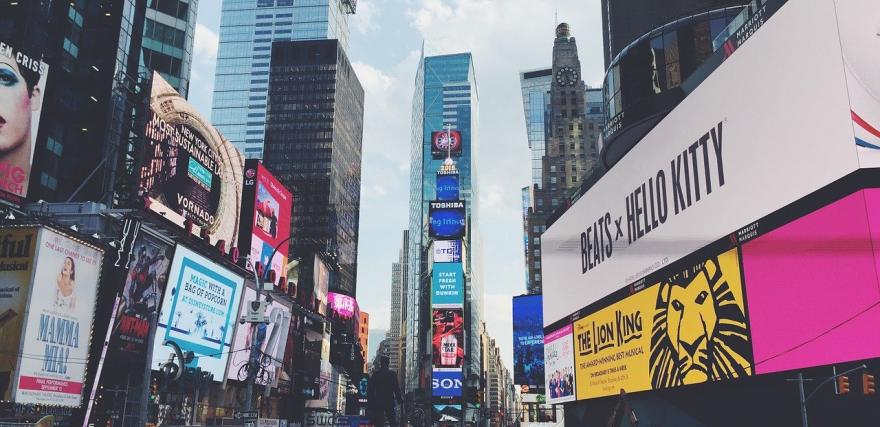James Heller, CEO, Wrapify
SMARTBRIEF – Nov. 13
The out-of-home advertising industry is buzzing about digital out-of-home. Last year, DOOH accounted for 37.3% of the total global OOH ad spend, according to estimates from WARC. The same report predicts that DOOH will grow 10.1% each year between 2018 and 2021.
But, DOOH isn’t necessarily better, or even more technically advanced than “traditional” OOH. Some static OOH channels are powered by as much, if not more, technology than digital ones. Buyers need to understand the pros and cons of each format and be aware of common misconceptions plaguing the space.
Creative and viewability factors
The chief appeal of OOH is that it is effective — and an alternative, or supplement, to the crowded world of online advertising. This benefit holds whether the creative is digital or static, with both options having pros and cons.
Since digital OOH channels rotate ads from multiple brands on a single digital billboard, publishers can serve more impressions. This is part of the reason publishers are keen to convert static placements to LCD or LED screens: they can sell more advertising. That doesn’t mean that there aren’t any benefits for marketers. Nothing needs to be printed or manually placed, so creative lead times are short. The more advanced DOOH advertisers create dynamic ad experiences, leveraging familiar digital capabilities like weather triggering and dayparting. GlaxoSmithKline (GSK) increased brand awareness for its allergy medicine, Piri, by using digital signage to share real-time pollen counts. Better yet, the campaign only went live when pollen counts passed a certain threshold.
One downside, though, is that DOOH advertisers share physical space with other companies and miss out on impressions. With static OOH, companies have 100% viewability and ownership. Static placements are often easier to read and of higher visual quality than many digital images. You can’t create dynamic creative, but you can still ignite online or offline action with compelling copy and visuals. To create an immersive experience and tell a sequential story, advertisers can purchase a series of static placements that reflect their audience’s travel patterns. For example, to raise awareness and increased app use, a delivery service used posters on New York City subways. In one week, the campaign generated 1.1M earned impressions on social and, ultimately, drove a 10% increase in app use…
READ THE FULL ARTICLE HERE ON SMARTBRIEF.COM
With a powerful combination of OOH, digital and the gig economy, Wrapify empowers Fortune 500 brands to reach audiences in an omnichannel environment – while delivering measurable, actionable analytics to prove its effectiveness. This high-recall ad tech platform combines the impact of out of home advertising with the scalability, targeting, and accountability of digital.
Want to learn more about Wrapify?
Like this read? You may also like:
Nielsen & OAAA OOH Advertising Report Shows Wrapped Vehicles as a Top Medium in the Segment
